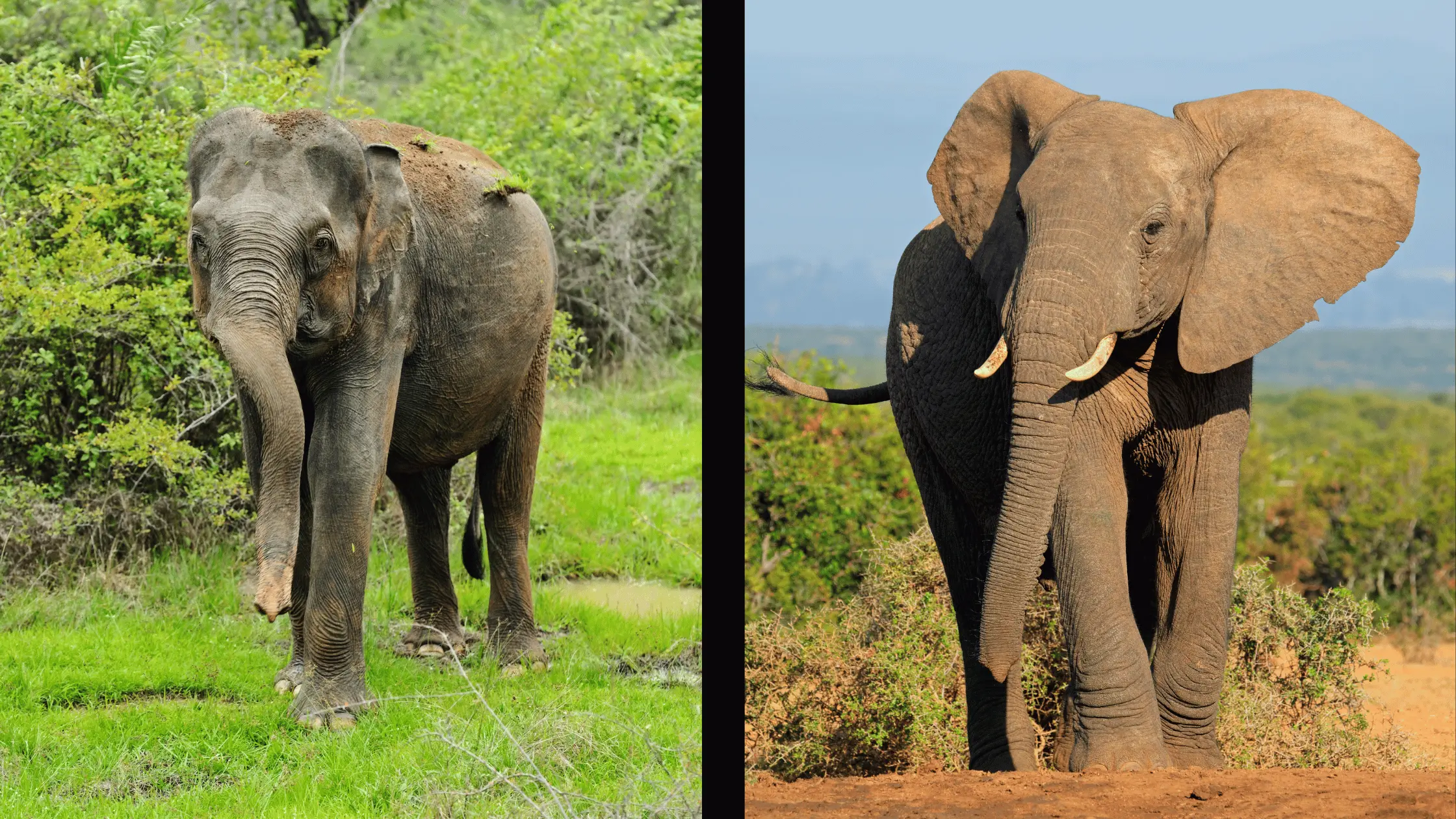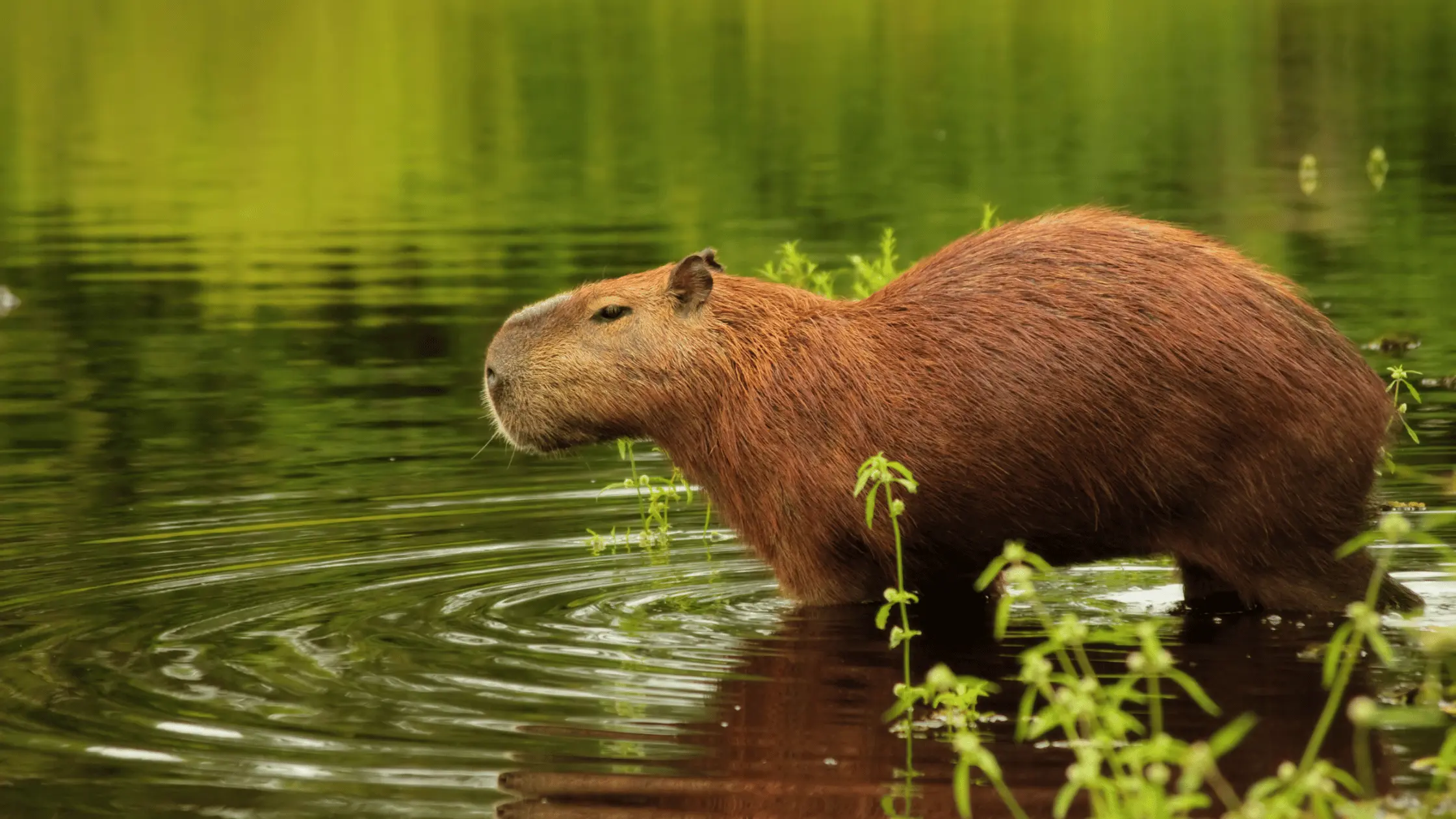Squids and octopuses are fascinating creatures belonging to the same family of animals known as cephalopods. While they share many similarities, there are also several differences between the two. Here’s a closer look at the characteristics of squid and octopuses, as well as the key differences between these two cephalopods
Characteristics of Squid

- They have a hard, internal shell called a pen that helps to support their body.
- Squids are typically elongated in shape and have eight arms and two tentacles.
- Squids have impressive speed and agility, which they use to evade predators and catch prey.
- They also have a unique form of movement known as jet propulsion, in which they expel water from their mantle cavity to move through the water.
Characteristics of Octopuses

- Octopuses are more soft-bodied and have eight arms that are all the same length.
- They lack a shell and are known for their incredible ability to camouflage themselves to match their surroundings.
- They also move using jet propulsion, but they also have the Alicante ocean floor using their arms.
Difference Between Squid and Octopuses
Besides their physical characteristics, there are several key differences between squid and octopuses:
- Body shape: Squids are typically longer and more streamlined than octopuses, which have a more rounded shape.
- Arm length: Octopuses have eight arms that are all the same length, while squid has eight arms has longer tentacles.
- Mobility: Squid is typically faster and more agile than octopuses, which are slower-moving and rely more on their ability to camouflage themselves to avoid predators.
- Reproduction: Squid reproduce by laying eggs, while octopuses lay eggs and then care for them until they hatch.
- Lifespan: Octopuses generally have a shorter lifespan than squid, with some species living for only a year or two. SqSquidson the other hand, can live for several years.
Conclusion
In conclusion, while squid and octopuses share many similarities, there are also several key differences between these two cephalopods. From their body shape and arm length to their mobility and reproduction methods, each of these animals has its own unique set of characteristics that make them fascinating creatures to study and observe in their natural habitats.


